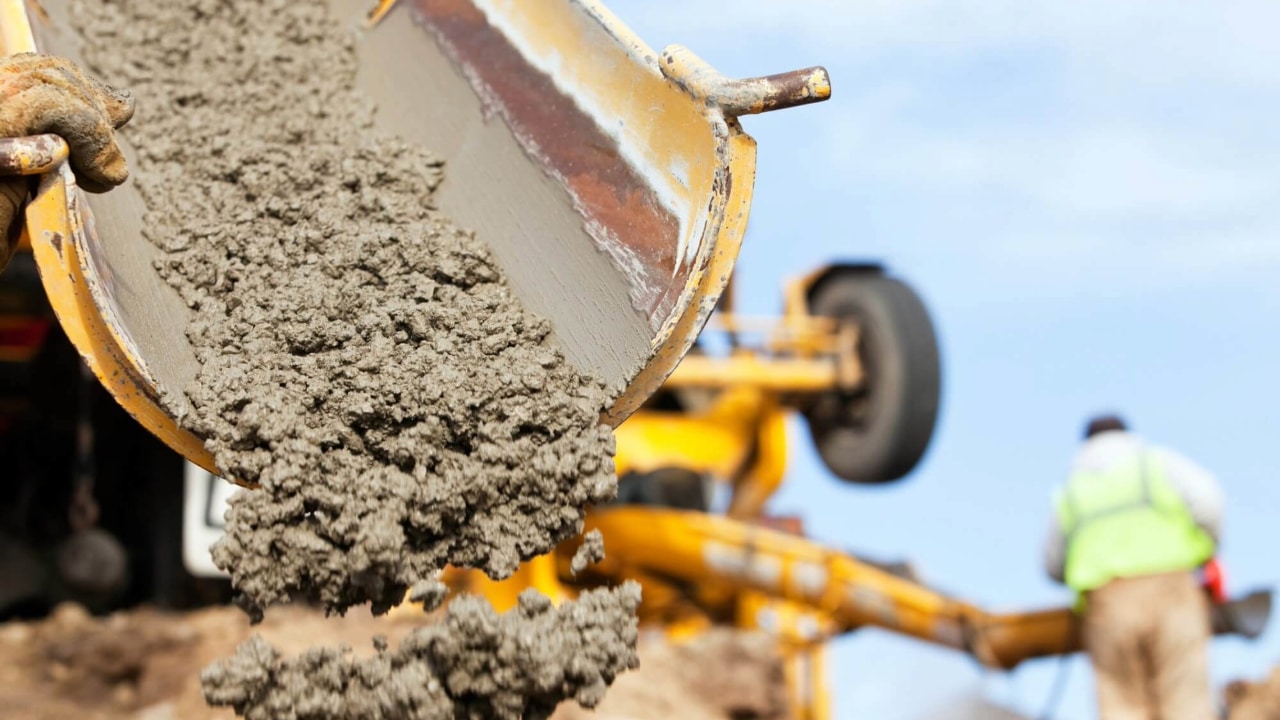Reducing waste on site not only helps preserve natural resources but is also fundamental to the financial health of the project. Each wasted material represents not only an additional cost, but also a significant environmental impact. In this article, we explore practical strategies for minimizing waste in construction, ensuring efficiency and savings.
Why Reduce Waste on Construction?
Reducing waste on site is not just about saving money, but also about promoting sustainable practices. The amount of natural resources used in construction is considerable, and any reduction in waste contributes to the preservation of the environment. Additionally, less waste means less disposal and less impact on landfills.
Strategies to Minimize Waste
1. Detailed Planning
Detailed planning is essential to minimize waste. Before starting the work, it is important to carry out an accurate survey of the necessary materials, considering all stages of the project. This includes everything from the quantity of bricks and mortar to the estimation of paints and coatings. A well-planned project reduces the chances of purchasing excess materials or incurring rework.
2. Efficient Inventory Management
Maintaining strict control over material stock is crucial to avoid waste. Use management systems that allow you to accurately monitor the inflow and outflow of materials. This helps to quickly identify any excess stock or replenishment needs, avoiding unnecessary purchases and ensuring efficient use of available resources.
3. Reuse of Materials
Whenever possible, prioritize the reuse of materials on site. Materials such as wood, glass, metal and even some types of concrete can be reused in different parts of the project. In addition to reducing costs, reuse contributes to environmental sustainability by extending the useful life of materials.
4. Team Training
Empower your team so that everyone understands the importance of reducing waste. Encourage practices such as the precise cutting of materials, the rational use of water and electricity and the correct disposal of waste. A well-trained and engaged team is essential to implement effective waste reduction measures on site.
5. Continuous Monitoring
Establish a continuous monitoring system to track material consumption and identify opportunities for improvement. Regularly evaluate work processes and look for areas where there is potential to reduce waste. Be open to team feedback and adjust practices as needed to maximize efficiency.
6. Use of Technologies and Innovations
Technology plays a crucial role in reducing waste in construction. Use project management software that offers features to optimize the use of materials and resources. Additionally, consider investing in advanced construction technologies that can minimize waste during the production and execution stages of the work.
Conclusion
Reducing waste on site is not only a matter of savings, but also of environmental responsibility and operational efficiency. Implementing strategies to minimize material waste not only helps reduce costs, but also contributes to the sustainability of the project and the environment as a whole. By adopting detailed planning, efficient inventory management, reusing materials and investing in technologies, you will not only be saving money, but building smarter and more responsibly.


